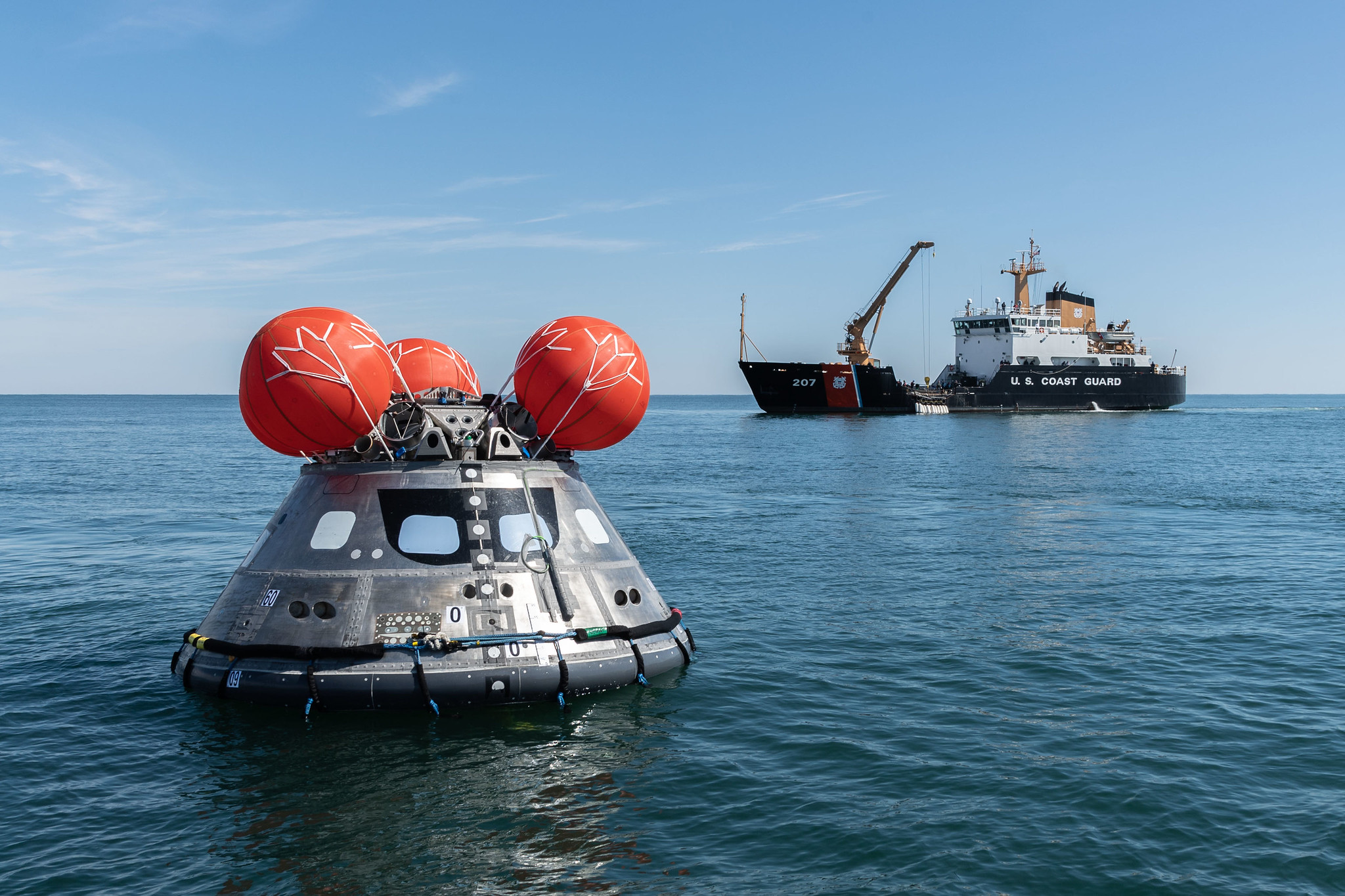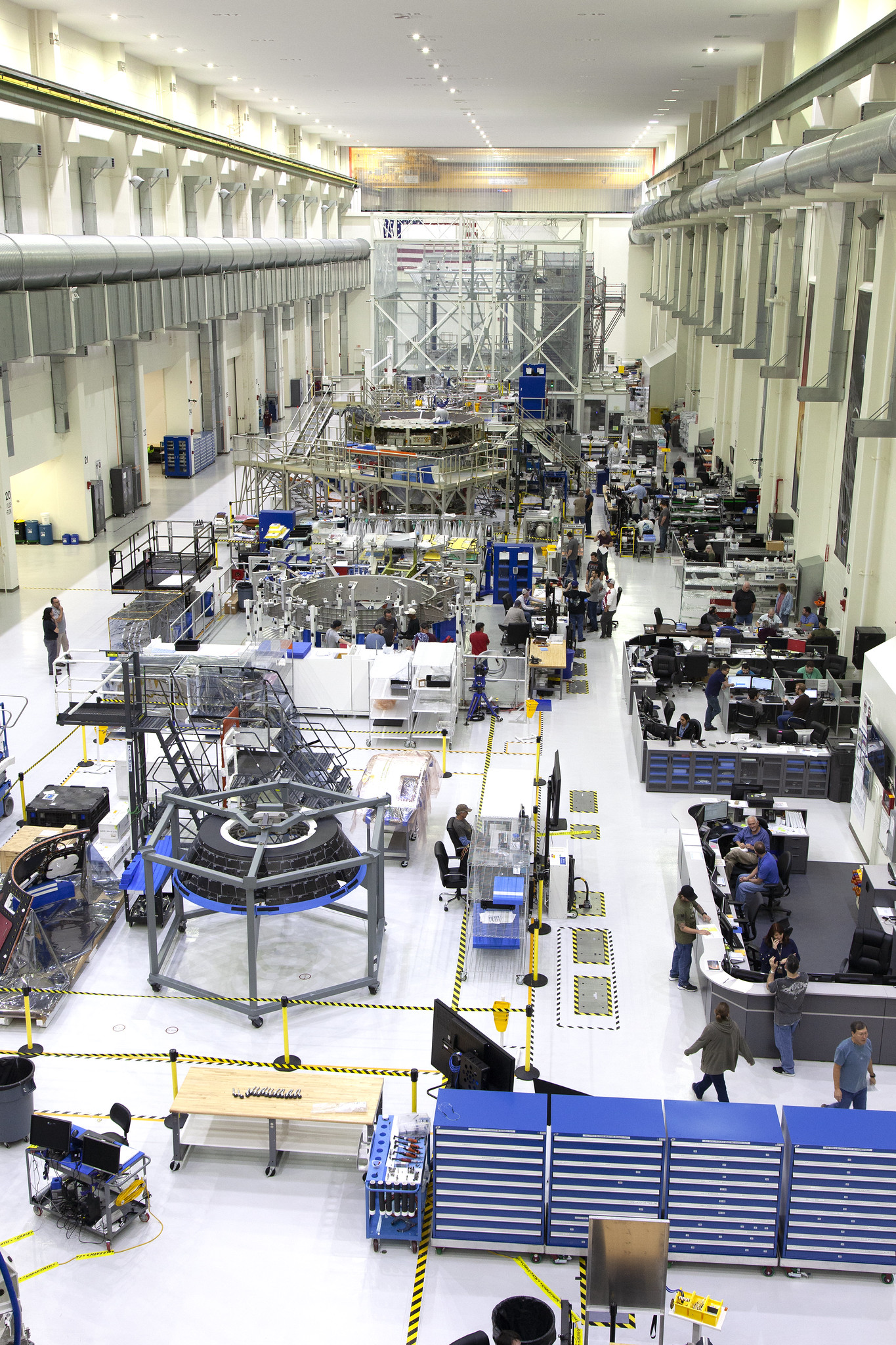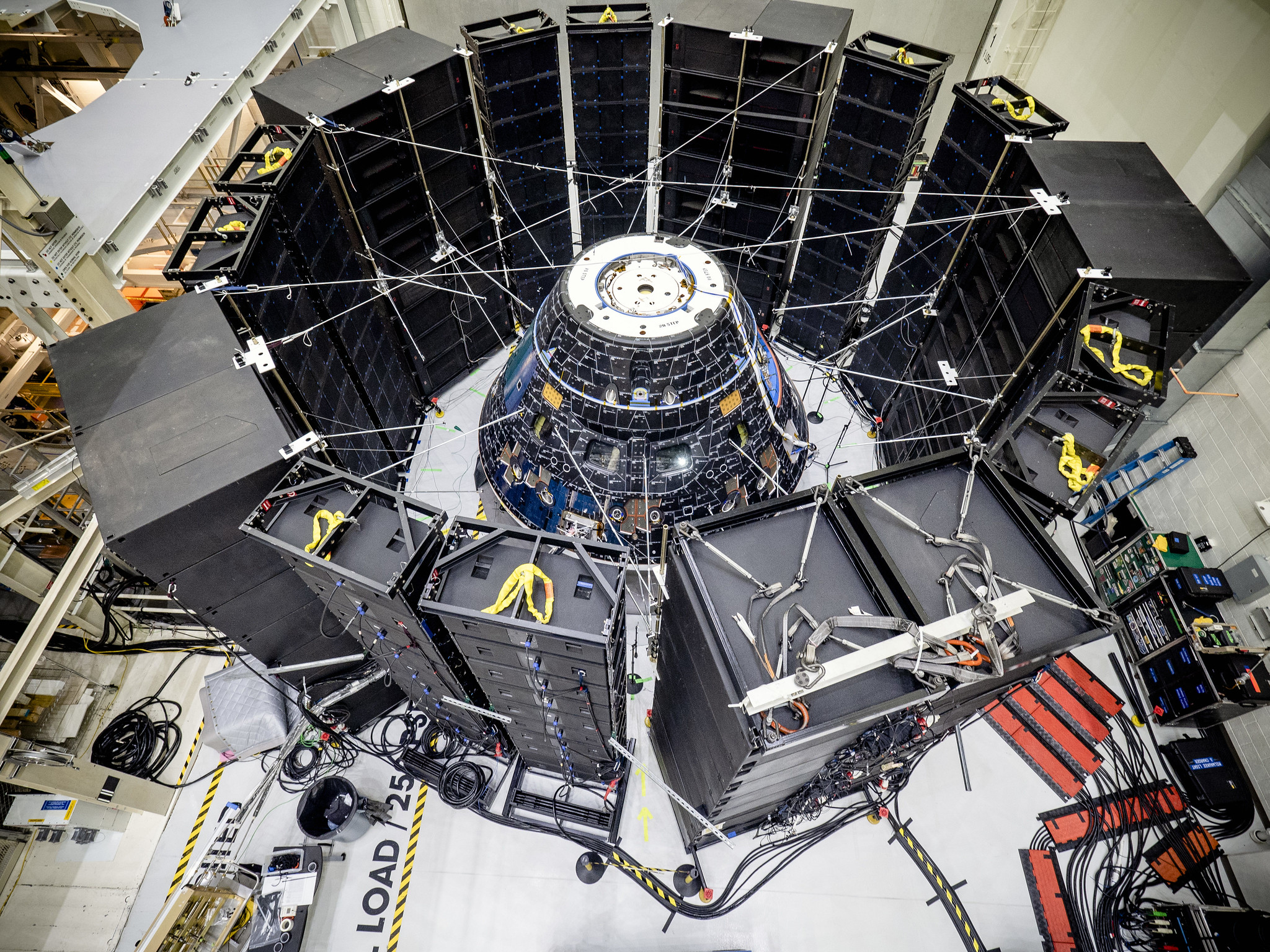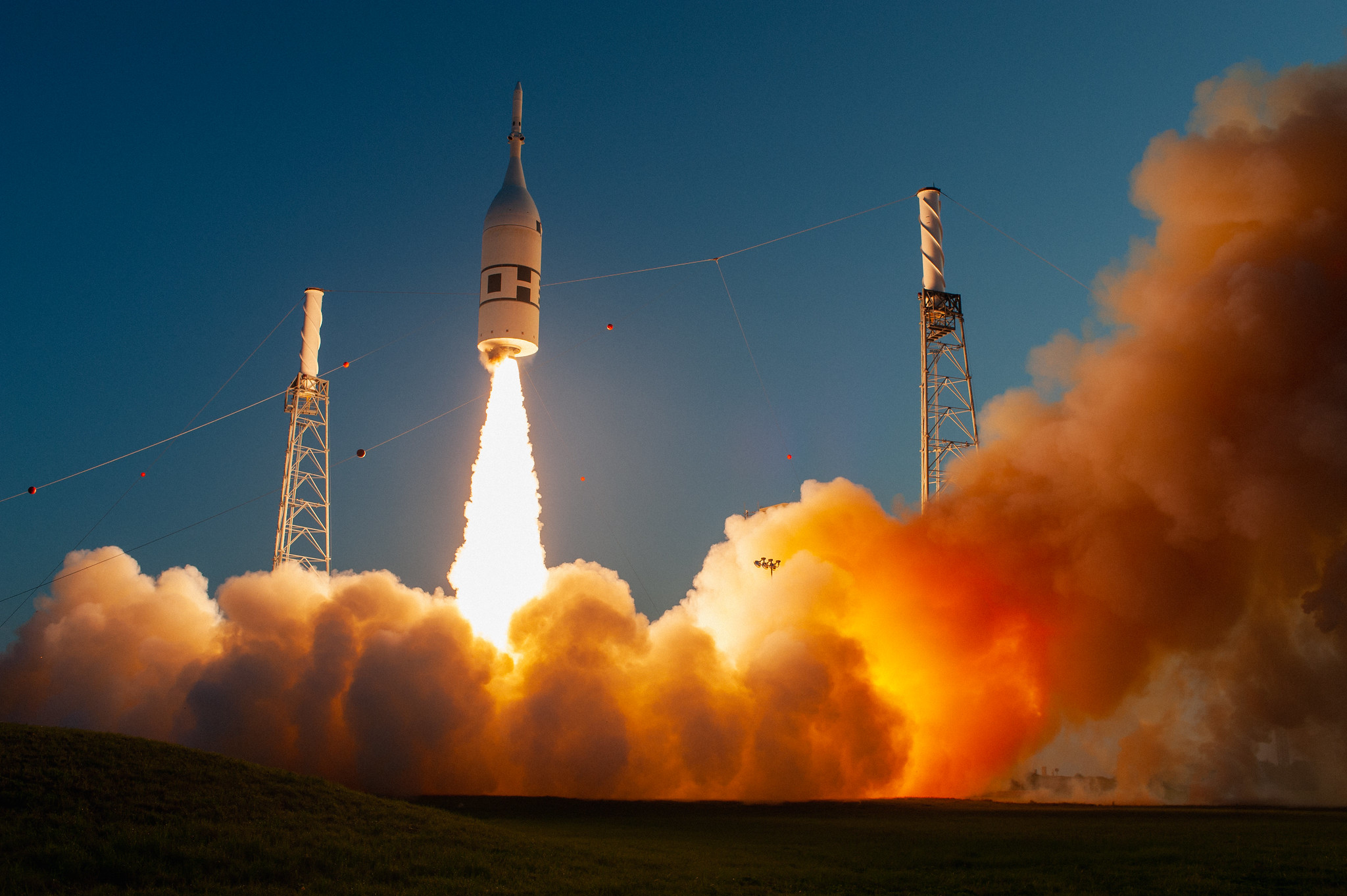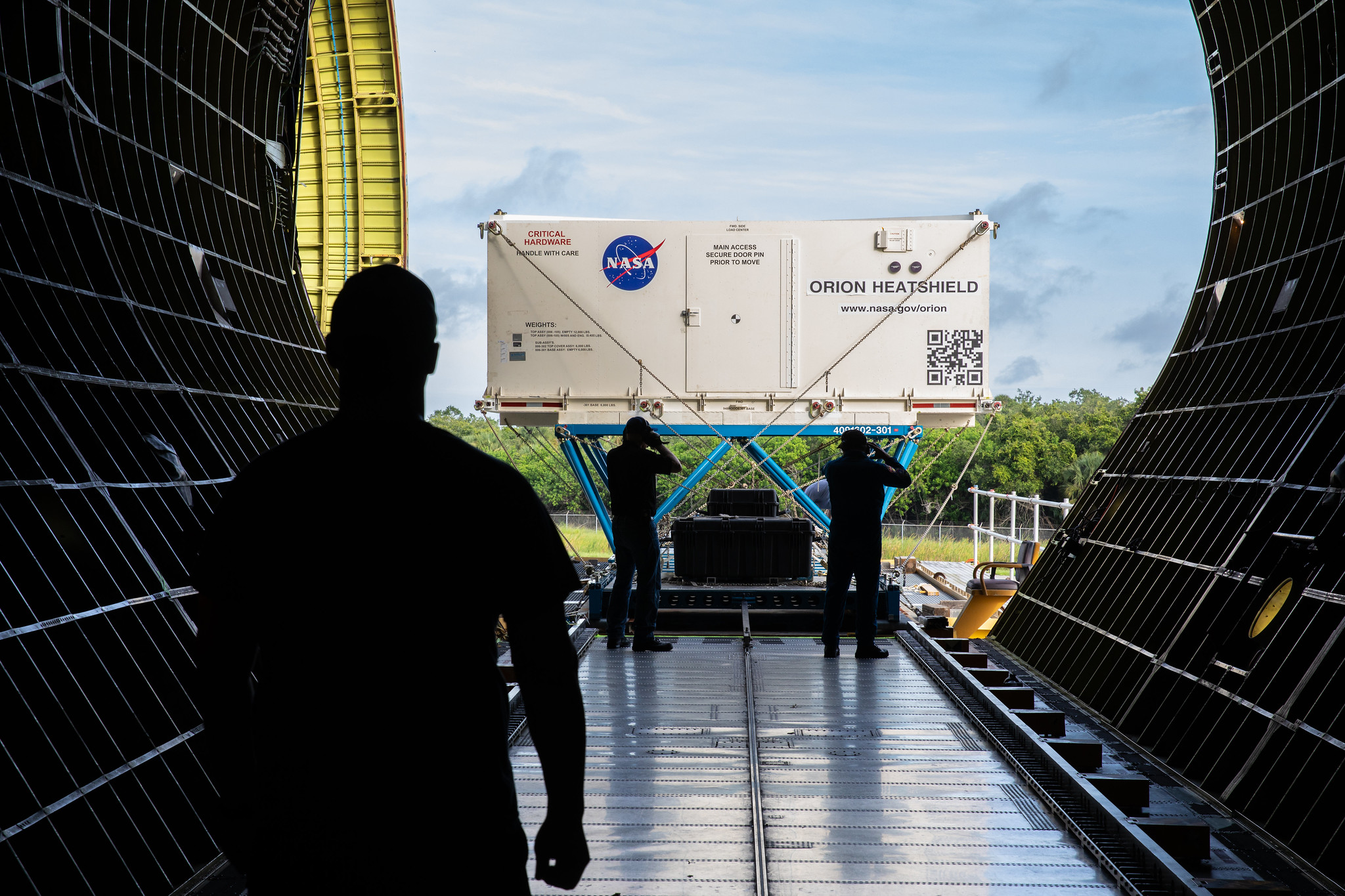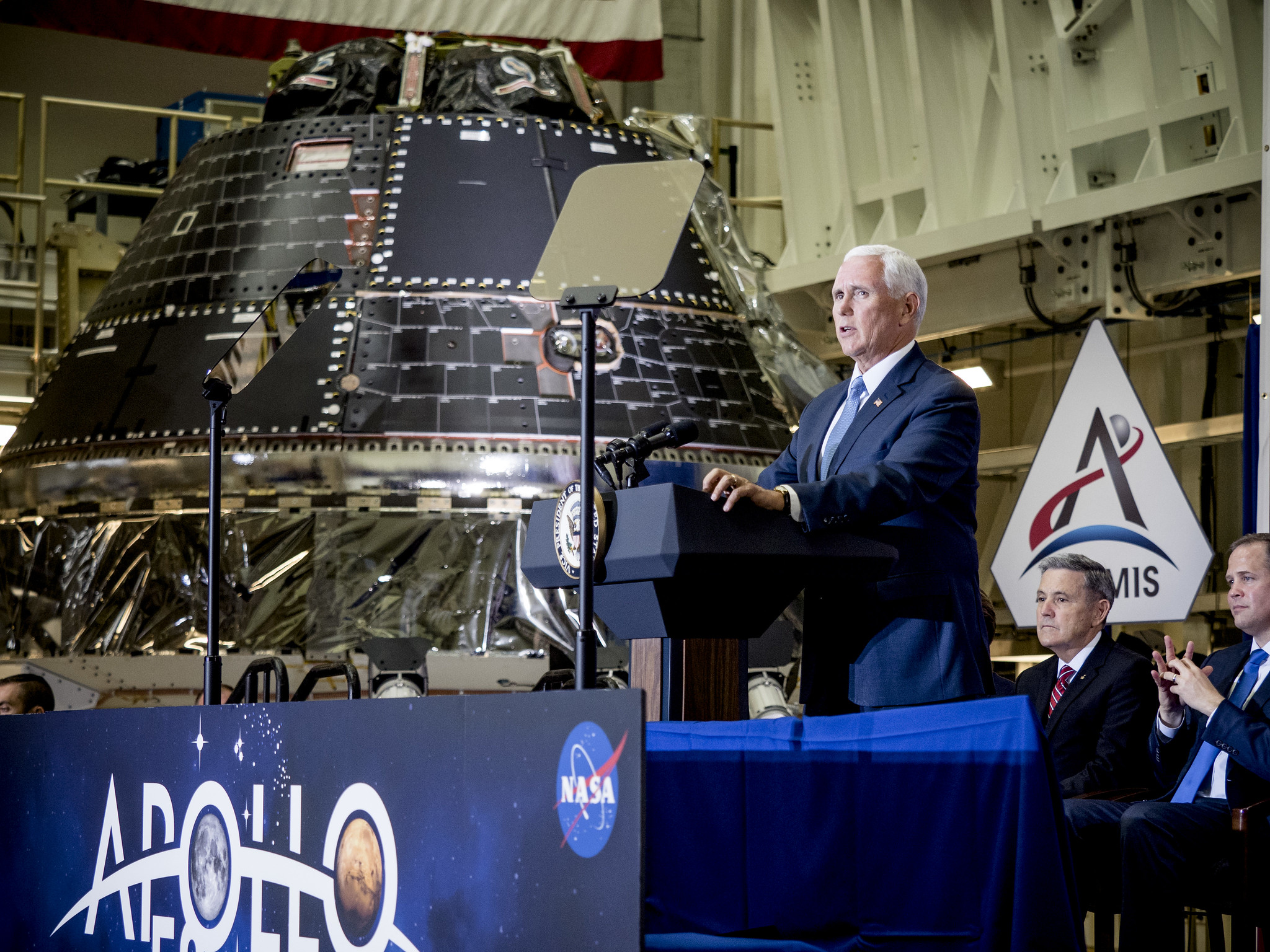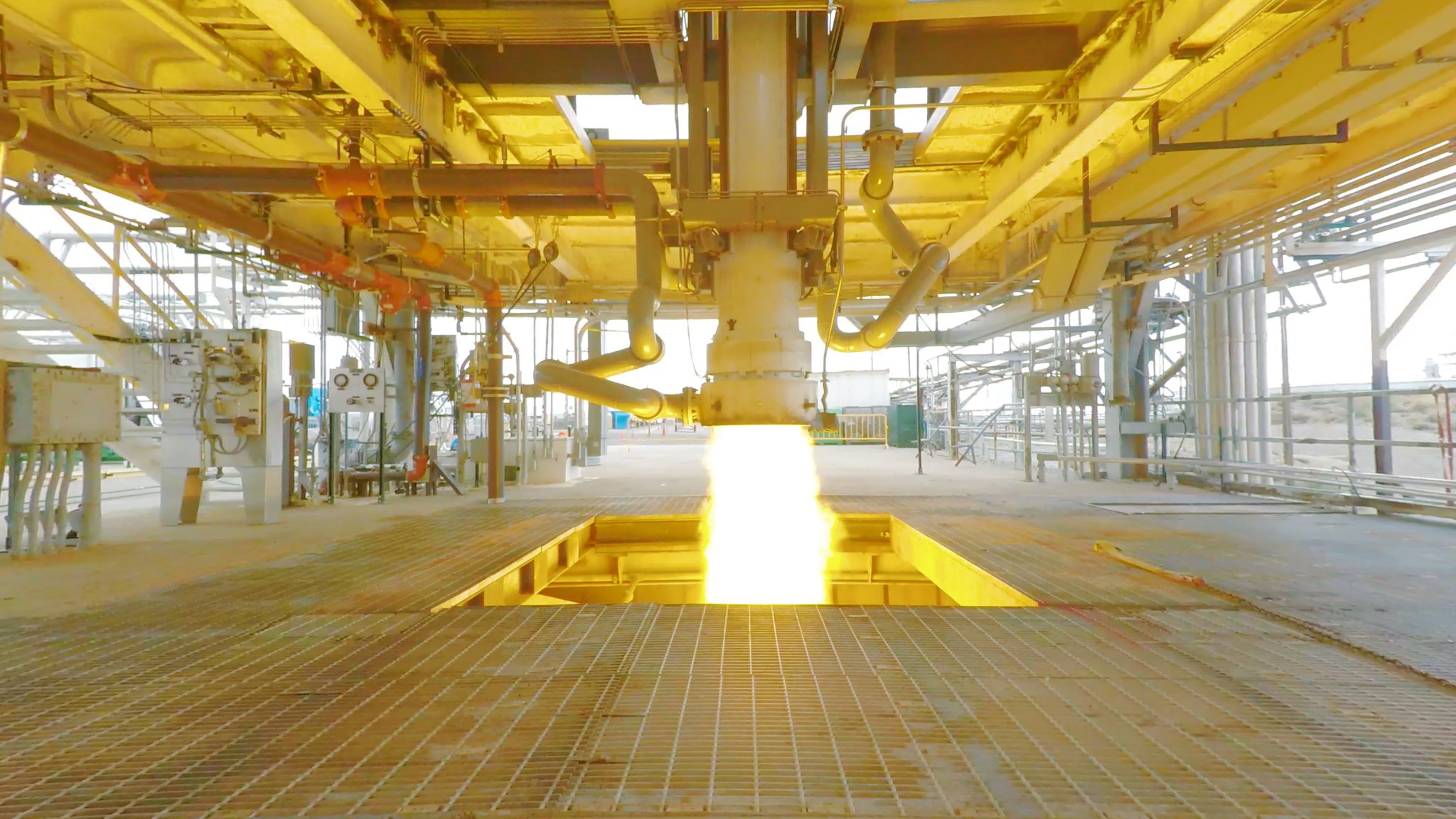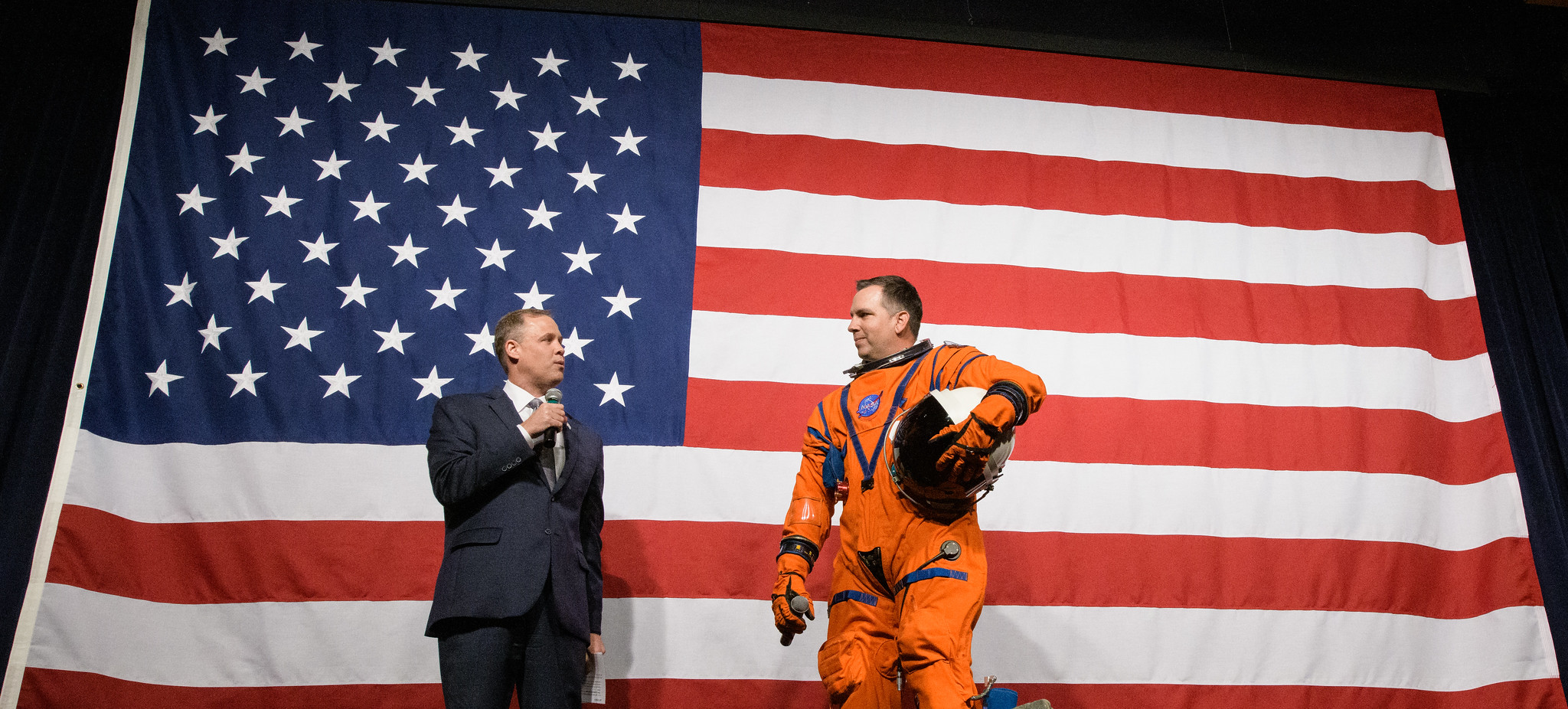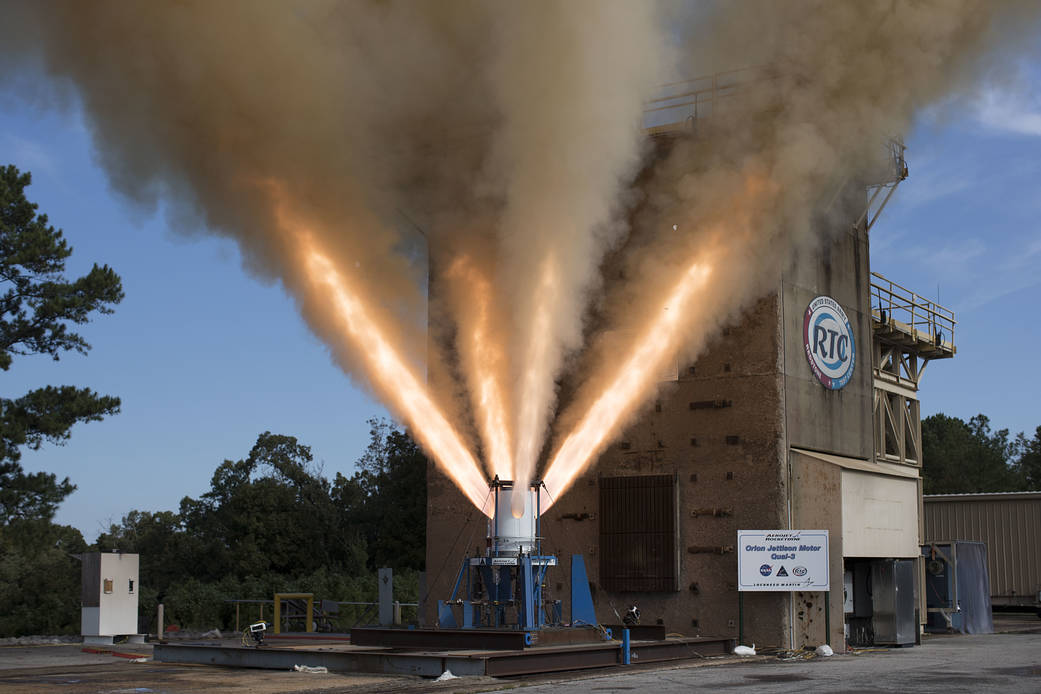In 2019, NASA continued to build, test and fly Orion hardware and systems needed for missions to the Moon, and ultimately, Mars. Orion will launch on NASA’s Space Launch System rocket from the agency’s Kennedy Space Center in Florida and transport crew to the Gateway in lunar orbit.
From water recovery evaluations and an ascent abort scenario test flight to crew module assembly and testing activities, progress on Orion brings the agency closer to sending the first woman and next man to the Moon by 2024 and sustainable lunar exploration by 2028 as part of the Artemis program. Below are the top Orion images of 2019 that tell the story of the spacecraft’s busy year:
Open Water Tests Help Team Prepare to Recover Orion
Crew safety remains a priority with testing of systems used to assist with returning astronauts to land. On March 7, off the coast of Atlantic Beach, North Carolina, engineers tested the crew module uprighting system to ensure the capsule can be oriented right-side up once it returns from its deep space missions. The capsule was purposefully flipped upside down in the water during the test scenario where the team of recovery personnel — who will greet Orion when it returns to Earth – successfully flipped it upright.
NASA’s Orion Spacecraft Factory in Florida
At NASA’s Kennedy Space Center in Florida, the Neil Armstrong Operations and Checkout Building high bay is filled with hardware in production for the Artemis I and Artemis II missions. In this view taken on March 21, the forward bay cover, which protects the crew module during flight for Artemis I, is at far left in the foreground. Behind it is the crew module adapter for Artemis II, which will connect the crew module to the service module. Further back, secured on a test stand is the European-built service module that will power Orion on Artemis I.
Sound Check: Orion Blasted with Sound for Acoustics Tests
Surrounded by a host of speakers at Kennedy in early May, the Orion crew module for Artemis I underwent acoustics tests during which the spacecraft was exposed to the maximum acoustics levels it will experience in space. The spacecraft’s response to sound pressure data was collected with microphones, strain gauges and accelerometers.
Safety Test Lift Off
Orion’s Ascent Abort-2 test flight lifts off from Cape Canaveral Air Station in Florida on July 2. The flight demonstrated that Orion’s launch abort system can successfully pull the crew module a safe distance from a rocket in the event of an emergency during launch and ascent to space. The flight used a test booster to send a test version of Orion to an altitude where environmental conditions provided some of the toughest conditions under which Orion is built to endure.
Artemis II heat shield arrives in Florida
The Orion heat shield for NASA’s Artemis II mission, was unloaded from the agency’s Super Guppy aircraft at Kennedy’s Shuttle Landing Facility on July 9. The heat shield, measuring roughly 16 feet in diameter, will protect astronauts upon re-entry into Earth’s atmosphere after venturing to the Moon. The heat shield was delivered to the Neil Armstrong Operations and Checkout facility where engineers will apply Avcoat, an material that will provide the thermal protection.
Artemis I Crew Module Completed
Vice President Mike Pence visited Kennedy on July 20 to commemorate the 50th anniversary of the agency’s Apollo 11 Moon landing and announce the completion of NASA’s Orion crew capsule for the first Artemis lunar mission. The underlying structure of the crew module, known as the pressure vessel, was manufactured at NASA’s Michoud Assembly Facility in New Orleans and shipped to Kennedy, where teams integrated thousands of parts into the crew module and conducted tests to certify all of its systems for flight. Orion’s European Service Module, which will provide the power and propulsion for Orion during the mission, was contributed by the European Space Agency and manufactured by Airbus in Bremen, Germany.
Orion’s Service Module Completes Critical Propulsion Test
In August at White Sands Test Facility in New Mexico, NASA conducted a test using a qualification version of Orion’s propulsion system to simulate one of the most taxing situations the spacecraft’s engines could encounter after launch. During this test, the propulsion system and its engines fired continuously for 12 minutes to simulate an alternate mission scenario if the primary mission profile faces unexpected problems.
NASA Shows off Artemis Spacesuits
NASA Administrator Jim Bridenstine, left, speaks with Dustin Gohmert, Orion Crew Survival Systems project manager, wearing the Orion Crew Survival System suit, on October 15, at NASA Headquarters in Washington. The Orion suit is designed for a custom fit and incorporates safety technology and mobility features that will help protect astronauts on launch day, in emergency situations, high-risk parts of missions near the Moon, and during the high-speed return to Earth.
Hot Fire Test Helps Qualify Orion Motor for Missions
A motor built by Aerojet Rocketdyne for the Launch Abort System (LAS) on NASA’s Orion spacecraft was successfully tested by engineers at the Redstone Test Center on Redstone Arsenal in Huntsville, Alabama, October 16. During the third and final hot fire test, the jettison motor was fired for under two seconds to produce more than 40,000 pounds of thrust. With the series of static tests completed, Orion’s LAS jettison motor is qualified and ready for flight on the Artemis II mission with astronauts.
Artemis I Orion Hoisted for Ohio Tests
NASA’s Orion spacecraft – the crew module and European-built service module – was lifted into a thermal cage on December 2, and readied for its move into the vacuum chamber at NASA’s Plum Brook Station in Ohio. The spacecraft will undergo environmental testing to certify the vehicle for flight, including a 60-day thermal test where the spacecraft is subjected to temperatures ranging from 250 to 300-degrees Fahrenheit to ensure it can withstand the harsh environment of space during Artemis missions. When the testing campaign is complete, the spacecraft will be shipped to Kennedy via NASA’s Super Guppy cargo aircraft, for final assembly and integration with the Space Launch System rocket before launch on the Artemis I mission.























